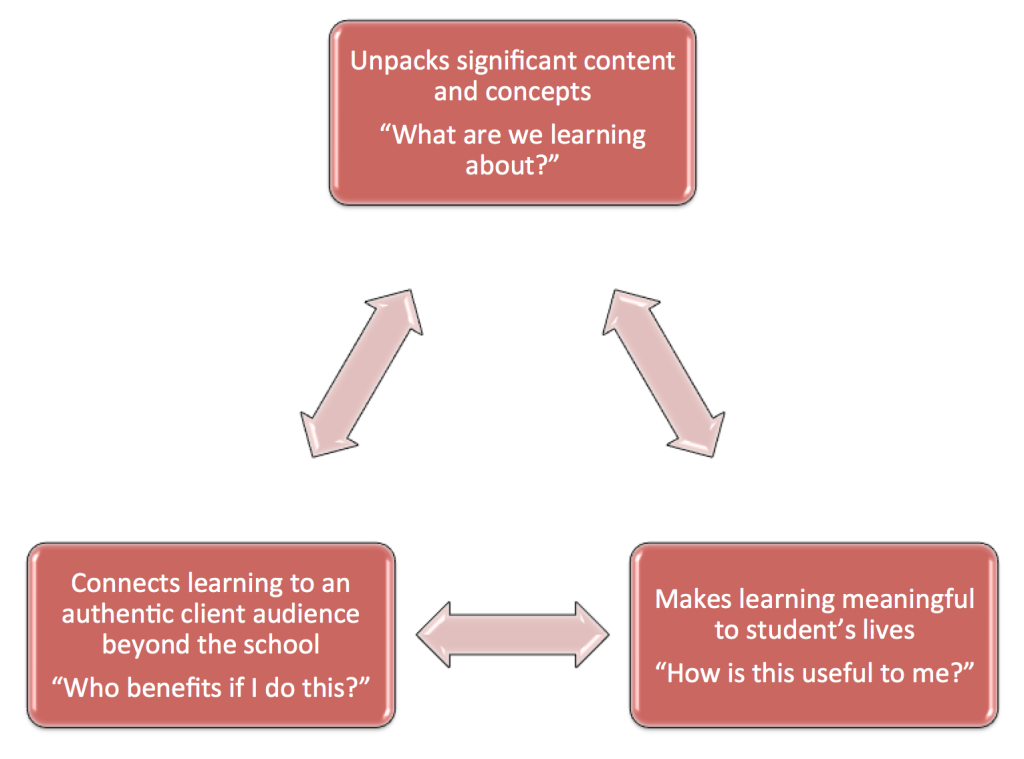Driving Questions Basics
Have you ever attended a meeting where the outcome was unclear? You knew or hoped that by the end of the meeting some result would be achieved that would validate the time spent being there. This reminds me of the movie, Karate Kid, the 1980s version, where the main character wants to learn karate to defend himself. Instead the sensei has him performing odd jobs such as sanding the floor, painting the fence, and waxing the car. “Wax on. Wax off,” The sensai said as he went about his business, leaving the student to his chores. The young man works these chores for long hours over four days before he loses his patience—not sure if I could have waited as long as he did—and demands from the sensei why was he doing chores for the teacher instead of learning karate. The sensei demonstrates how the repetitive movements, now built into the student’s muscle memory, were actual basic defensive martial arts moves for blocking. While this makes for dramatic revelation in a story–the scene still rivets me–if the student had known the purpose of the chores, how much harder would he have paid attention to his form?
When starting a unit of study, topic, or Project Based Learning (PBL) unit, students need to keep the end in mind. That is to say, what are the learning outcomes and how will they demonstrate their understanding as a product, proposal, and/or idea that a client audience could benefit. An effective driving question (DQ) captures this big picture, and more. A driving question connects the key learnings to the final product or performance at the end of the PBL unit, topic or unit of study. Students should be able to answer the DQ by what they produce for the final assessment.
There are three key elements that makes for a strong driving question:
- Unpacks significant content and concepts, or “What are we learning about?”
A DQ that is answered by the final product/performance must address key concepts, understandings, and facts around the unit of study. Students need to recognize the content and its purpose to their learning and life. Substantive content makes the exploration worth starting. - Makes learning meaningful to student’s lives, or “How is this useful to me?”
The concepts and skills should be made contextual to a student’s world. Otherwise, students will complete assignments with a checklist mentality. Get the work done so I can do what I want to do, or, “Wax on. Wax off.” Understanding how the subject relates to their lives or understanding of their world, helps students build a framework or a schema for making sense of how everything fits. - Connects learning to an authentic client audience beyond the school, or “Who benefits if I do this?”
Often, authentic projects and performances will have an audience who thoughtfully gives of their time so that the students have someone to share their learning. The audience could often be experts or knowledgeable of the field of work that the students are addressing. Many times the parents attend, which is a great support to students. These can be positive experiences, but very one-sided. When the audience includes clients of the students’ work, the relationship becomes mutually beneficial.Clients have a personal interest in the work by students. The products, proposals, and/or recommendations have a direct impact on the client’s needs. A DQ captures this need and gives students a real “face” to the work they embark on.
Example Driving Questions
Secondary grades
Social Studies/English Language Arts
How can I advocate for culturally sensitive assistance to a current issue that’s provided by my community?
Client: A social agency such as the Red Cross or a relief organization – implementation guide
Physics/Algebra II
Design a roller coaster that’s fast, thrilling, and unique to the park.
Client: Local theme park – design proposal and working scale model
Middle School grades
English Language Arts/Pre-Algebra or Algebra/Technology
How can we help local businesses prosper by marketing themselves to other communities?
Client: Local businesses –Marketing Plan that includes social media
Science/Health/ Math
How can we design and promote a healthy and delicious lunch menu for our school/district?
Client: Food Services and students – Week Menu proposal
Elementary grades
Social Studies/English Language Arts – K-1st grade
How can we help new kids feel welcome?
Client: Families – School guide/directory plus digital welcome guide
Science/Math/English Language Arts – upper grades
How can we inform our community about the dangers of severe weather?
Client: News stations, University Scientists, and families – PSA and/or multimedia guide
You probably recognized other features of a Driving Question:
- Open-ended
There is no one correct answer, or a single path to answering the question. Open-ended questions can not be found via a search engines like a closed-ended question. - Student-Friendly
The question needs to engage the students. If too formal, some students may find it disconnecting to their interest. The 1st draft is often in teacher language, which is fine as way to ensure effective unpacking of the significant content. Note: I had these questions vetted by one of my children who attends a PBL school. - Big idea question or a challenge statement
Driving Questions are powerful tools that gives a compass for the project or unit journey. It helps teachers align activities to the essential learning. DQs provides a framework for students for the “why” of the learning activities (“Wax on. Wax off.”), and connect to the final product, proposal, and/or idea.
Karate Kid – Daniel’s Training “Wax on Wax off” PG language at beginning.


You make a number of good points. I find the idea of making learning meaning to students to be the most important.
Interesting topic. I always wondered if the math teacher showed us how to apply trigonometry if I would have enjoyed it more?